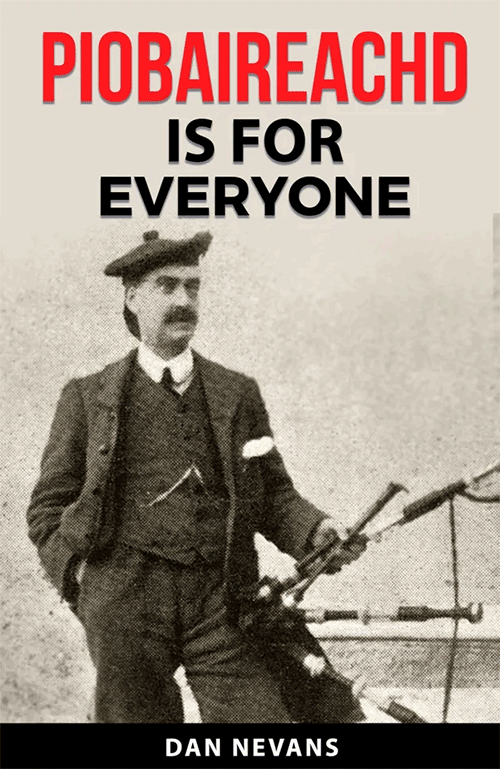
Reading of this book, I imagined it would make ceòl mòr more accessible to pipers who had little interest in it, hopefully inspiring them, and that it would help listeners gain greater enjoyment from performances. This has been attempted in the past and proved a tall order.
There have been publications on the theme of piobaireachd appreciation before and Seumas MacNeil’s ‘Piobaireachd’ [available here] is one of the more successful.
‘Piobaireachd is for Everyone’ runs to 196 pages with an introduction followed by 16 chapters. In the introduction, the author refers to his early thoughts that ‘real pipers’ played piobaireachd. He felt there was haughtiness among those who played this music and I can identify with this.
By Duncan Watson
Dan Nevans is an instructor at the National Piping Centre. With that, and being a member of the Piobaireachd Society, he has access to a considerable archive. The book is an anthology of articles with comments. He includes a large amount of references relating to each chapter with interesting photographs included.
Chapter 1, headed ‘Dead White Men’, postulates the origin of the music and refers to the probability of influences imported from the European mainland. He refers to ancient Hurrian Hymns inviting readers to access what is known as No6 online [below].
It is allegedly our oldest piece of music and is written on a tablet and played on a stringed instrument. Thus the melody would lend itself to being sung. There are differing rhythms in the piece and melodic passages. Whether this sort of music was the embryo of piobaireachd must be for the reader to assess, but I found it interesting.
In Chapter 8 there is reference to John MacDonald (Inverness) and ‘The Bobs of Balmoral’ (RB Nicol and RU Brown) who were his pupils. (‘The Bobs’ are featured in the CD series ‘The Masters of Piobaireachd’ which is a direct reference to MacDonald’s teaching.) Teaching is also touched on in Chapter 13.
Incidentally, it is John MacDonald who is featured on the front cover of the book, uncharacteristically in civilian clothes and Balmoral bonnet.
[wds id=”2″]
Piping is so immersed in competition that it is appropriate that the author refers to this and how the playing on the competition platform has sustained the interest in the music.
However, contrary to the book’s title, it should be acknowledged that piobaireachd is not for everyone and an example is the late Hugh MacInnes. He is referred to briefly in the book. He was a scintillating player of light music and had the opportunity to study and play piobaireachd and may have done so to some degree; but his forté was the light music.
Other examples are the late P/M Iain McLeod, Edinburgh Police and P/M Ian McLellan, Strathclyde Police. They were excellent competitive players of light music. Ian MacLellan served in the armed forces and his Pipe Major was Andrew Pitkeathly. He had the opportunity to study piobaireachd but concentrated his efforts on the bands instead. Ian and Iain became two of the most outstanding pipe majors in history. That they had little or no interest in ceòl mòr did not diminish them as pipers.
Chapter 14 is headed ‘What makes a Piobaireachd, a Piobaireachd?’ This has previously been addressed by Professor Alex Haddow in his book, ‘The History and Structure of Ceol Mor’, available here. Dan too refers to construction and has examples of colour coded bars and phrases. I am not sure if this helps in teaching an early beginner. There are very experienced players who are not conversant with it.

The colour-coded Binneas is Boreraig, produced by Dr Roderick Ross and Malcolm MacPherson, is briefly referred to in chapter 7. It is in a form of staff notation, but bar lines are dispensed with and the music is reproduced basically in two bar phrases. As in all music, phrasing is extremely important and probably because the bagpipe does not have the facility of increasing or decreasing volume to provide expression, understanding and delineating the phrases in a musical way is essential. The Binneas is Boreraig idea is helpful in this and would have been worthy of greater attention by Dan.
There is reference to piobaireachd being performed on the bagpipe accompanied by other instruments. Maybe this is an effort to make it more popular and it might have that effect, but could it maybe have the opposite effect, diluting interest in time?
This book sets out with a laudable aim and Dan is a young man who deserves all credit for having the confidence to put pen to paper. I hope his book will whet the appetite of pipers and enthusiasts and urge them on to learn more of the music.
- ‘Piobaireachd is for Everyone’ is available here priced £14.







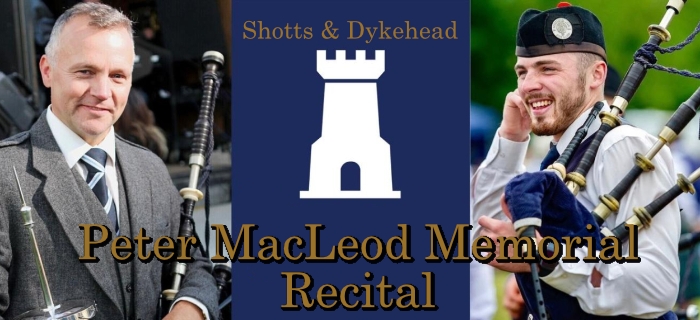


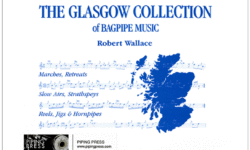
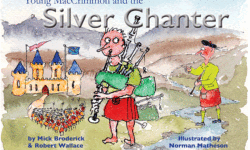
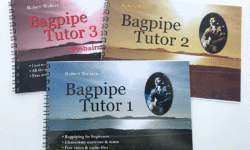





The phrase “Dead White Men” has been around a long time and has a rather specific meaning. It is not offensive to those who understand its origins. Woke or no, it is not a comment on par with what Seamus MacNeil used to archaically refer to in his writings and BBC recordings as “race”. That was silly romantic nonsense then and now.
Dan Nevans postulates an idea that piobaireachd may have been influenced by, or have origins with ancient melodies. The video was pleasant and interesting, but it could be argued that it was entirely extempore utilising the mellifluous sounds made by the lyre or harp to sustain interest, rather than tightly written and re-playable music. This contrasts extremely with what we know of the origins of piobaireachd and I find it somewhat difficult to extrapolate the thinking of a connection between these two genres. Of course, everyone is entitled to their view in this, but it has to be said that it is a hell of a leap. I would also worry, in these days of the ‘woke’ culture invading our lives, by the term ‘Dead White Men?’